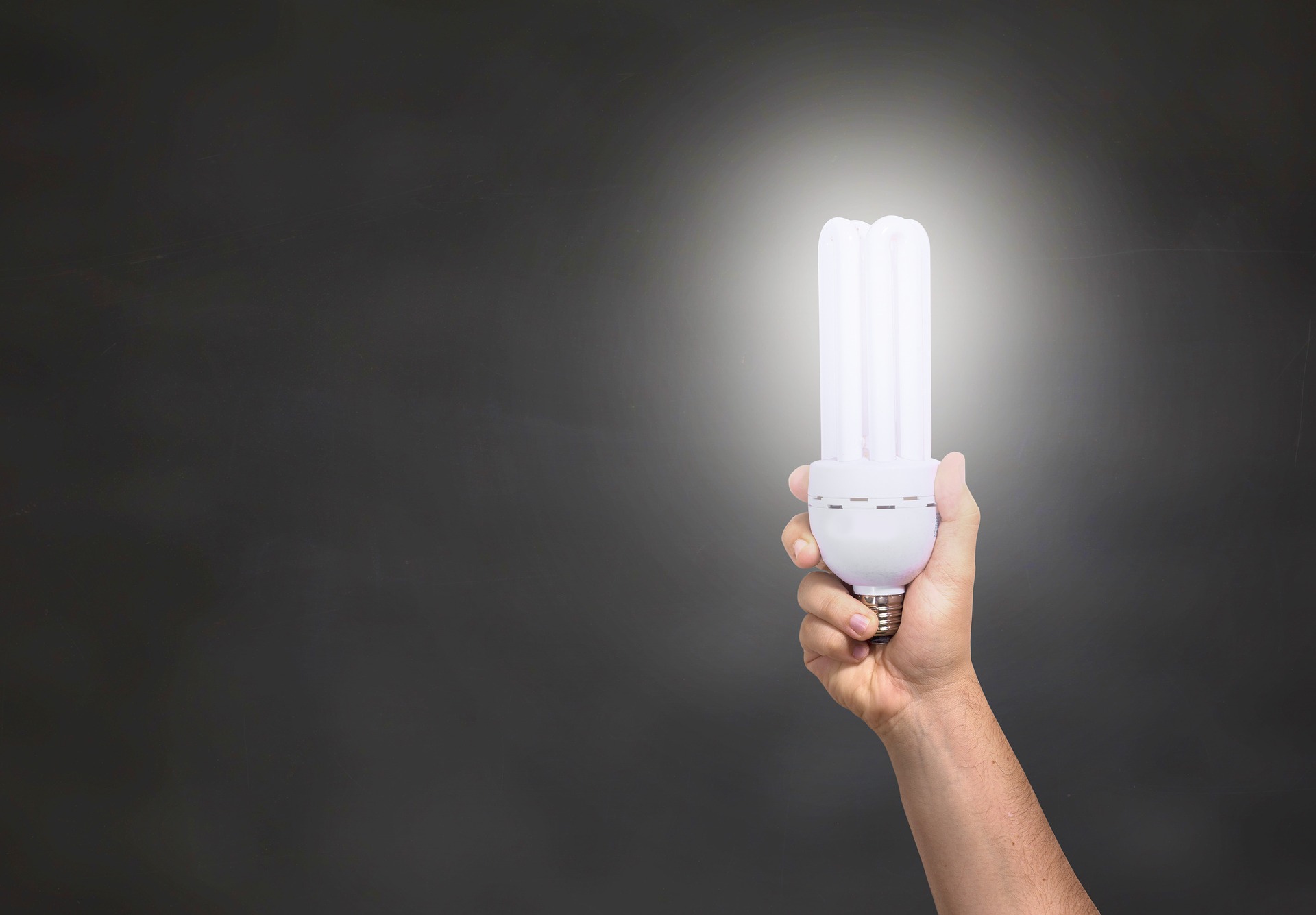Federal government research shows a huge leap in the penetration of LEDs in the lighting market from 2010 to 2020.
In 2010 and 2015, LED installations represented 1% and 8% of overall lighting inventory, respectively. By 2020, LED installed units represented roughly 48% of the installed base in residential and commercial sectors.
The findings on LEDs are part of a new Lighting Market Characterization (LMC) report for baseline year 2020 by the U.S. Department of Energy (DOE). The fourth edition of the LMC report contains summary estimates of installed stock and energy use of various general illumination lighting products.
These reports help DOE and others plan effective lighting research and development programs based on changing needs. Other findings include:
In 2020, residences accounted for 80% of all lighting installations nationwide, at 6.5 billion installed units compared with 1.6 billion lighting installations in commercial buildings.
In both the residential and commercial sectors, the average wattage per installed unit has decreased significantly to approximately 22 watts and 27 watts respectively, with much of the reduction attributable to the continuing decline of incandescent, halogen, CFL, and linear fluorescent lamps in favor of high-efficiency LED replacements.
Of the 244 TWh of electricity consumed by lighting in U.S. buildings in 2020, about 69% was attributable to the commercial sector even though the number of installed units was relatively lower due to higher average wattage and longer operating hours.
The report highlights persistent inequities in lighting upgrades based on building type. For instance, educational institutions lag all other commercial building types in adopting the most energy efficient lighting, and mobile homes and multifamily homes likewise lag other residential building types.
Related Stories
| Oct 13, 2010
Prefab Trailblazer
The $137 million, 12-story, 500,000-sf Miami Valley Hospital cardiac center, Dayton, Ohio, is the first major hospital project in the U.S. to have made extensive use of prefabricated components in its design and construction.
| Oct 13, 2010
HQ renovations aim for modern look
Gerner Kronick + Valcarcel Architects’ renovations to the Commonwealth Bank of Australia’s New York City headquarters will feature a reworked reception lobby with back-painted glass, silk-screened logos, and a video wall.
| Oct 13, 2010
Community center under way in NYC seeks LEED Platinum
A curving, 550-foot-long glass arcade dubbed the “Wall of Light” is the standout architectural and sustainable feature of the Battery Park City Community Center, a 60,000-sf complex located in a two-tower residential Lower Manhattan complex. Hanrahan Meyers Architects designed the glass arcade to act as a passive energy system, bringing natural light into all interior spaces.
| Oct 13, 2010
County building aims for the sun, shade
The 187,032-sf East County Hall of Justice in Dublin, Calif., will be oriented to take advantage of daylighting, with exterior sunshades preventing unwanted heat gain and glare. The building is targeting LEED Silver. Strong horizontal massing helps both buildings better match their low-rise and residential neighbors.
| Oct 12, 2010
Owen Hall, Michigan State University, East Lansing, Mich.
27th Annual Reconstruction Awards—Silver Award. Officials at Michigan State University’s East Lansing Campus were concerned that Owen Hall, a mid-20th-century residence facility, was no longer attracting much interest from its target audience, graduate and international students.
| Oct 12, 2010
Gartner Auditorium, Cleveland Museum of Art
27th Annual Reconstruction Awards—Silver Award. Gartner Auditorium was originally designed by Marcel Breuer and completed, in 1971, as part of his Education Wing at the Cleveland Museum of Art. Despite that lofty provenance, the Gartner was never a perfect music venue.
| Oct 12, 2010
Cell and Genome Sciences Building, Farmington, Conn.
27th Annual Reconstruction Awards—Silver Award. Administrators at the University of Connecticut Health Center in Farmington didn’t think much of the 1970s building they planned to turn into the school’s Cell and Genome Sciences Building. It’s not that the former toxicology research facility was in such terrible shape, but the 117,800-sf structure had almost no windows and its interior was dark and chopped up.
| Oct 12, 2010
Cuyahoga County Soldiers’ and Sailors’ Monument, Cleveland, Ohio
27th Annual Reconstruction Awards—Gold Award. The Cuyahoga County Soldiers’ and Sailors’ Monument was dedicated on the Fourth of July, 1894, to honor the memory of the more than 9,000 Cuyahoga County veterans of the Civil War.
| Oct 6, 2010
Windows Keep Green Goals in View
The DOE's National Renewable Energy Laboratory has almost 600 window openings, and yet it's targeting LEED Platinum, net-zero energy use, and 50% improvement over ASHRAE 90.1. How the window ‘problem’ is part of the solution.
| Oct 6, 2010
From grocery store to culinary school
A former West Philadelphia supermarket is moving up the food chain, transitioning from grocery store to the Center for Culinary Enterprise, a business culinary training school.
















